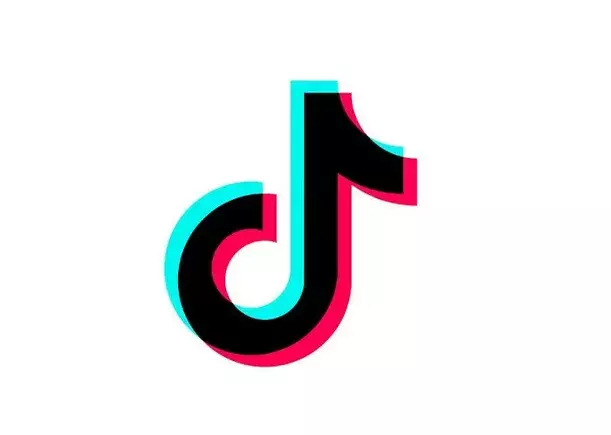In its latest Transparency Report, TikTok has opened the door to understanding its efforts against misinformation and malicious activity within its platform, especially in the context of the European Union’s standards. This report, while lengthy and dense with data, is vital for grasping the challenges facing social media today and how TikTok navigates these waters. The latest findings reveal not only the scale of problems in content moderation but also the platform’s commitment to maintaining the integrity of its community.
One of the most striking figures from the report is TikTok’s removal of 36,740 political ads during the latter half of 2024. This statistic points to a significant realization that even when formal policies exist prohibiting political advertising, the allure and reach of platforms like TikTok encourage misuse by various political groups. The very fact that such a high number of ads had to be eliminated speaks volumes about the platform’s growing role in political discourse. TikTok’s proactive stance against these ads is commendable, but it also highlights an ongoing challenge: the platform must remain vigilant against those who seek to exploit its reach.
AI in Content Moderation: A Dual-Edged Sword
Artificial intelligence is both an innovative tool and a liability in the realm of content integrity. TikTok reported that it removed over 51,618 videos violating its AI-generated content guidelines. The emergence of AI in media is a double-edged sword, pushing both creativity and disinformation. While TikTok champions transparency, the rise of AI-generated content raises serious concerns. The platform is not just reacting; it is taking steps toward becoming the first in the field to implement C2PA Content Credentials, a technological advancement aimed at identifying and labeling AI-generated content seamlessly. This initiative is crucial in delineating authentic content from manipulated media, a challenge all platforms will face in the coming years.
In contrast, the data shows that AI’s impact on misinformation remains marginal, with less than 1% of politically related content flagged as misleading. While this seems minimal, it still underscores a burgeoning concern in the digital landscape: even a small volume of disinformation can lead to significant public impact when amplified through social media. The potential for AI to create hyper-realistic, but false narratives is something TikTok understands deeply—hence its commitment to combatting harmful AI applications actively.
Fact-Checking Partnerships: The Balancing Act
TikTok is also positioning itself as a leader in third-party fact-checking initiatives. Onboarding two new fact-checking partners expanded its expertise and coverage across Europe, indicating a commitment to a more transparent digital environment. With 14 accredited organizations in collaboration, TikTok seems to be building a robust framework for tackling misinformation. This strategy delivers value where it is most needed; research suggests that displaying “unverified claim” notifications lowers content shares significantly among global users. In the face of a misinformation landscape that is riddled with biases and competing narratives, such objective verification measures represent a critical battleground for platforms.
Conversely, Meta’s recent shift towards crowd-sourced solutions like Community Notes shines light on the diverse strategies being deployed to tackle this complex issue. While TikTok’s reliance on vetted third-party organizations appears robust, it raises the question of scalability. As TikTok itself admits, only a small fraction of content can be flagged for review—creating a limitation in the sheer volume of misinformation that can be addressed. This drives home the reality that even with the best intentions, third-party fact-checking can be a bottleneck in combating widespread disinformation effectively.
Shaping the Future of Digital Integrity
The ongoing commitment by TikTok to transparency in its operations significantly uplifts the discourse around disinformation. However, the question remains: How effectively can the platform stay ahead of evolving threats? As digital landscapes become increasingly complex, with AI technology and social narratives interweaving, TikTok must continually refine its strategies and tools.
The importance of authentic engagement cannot be overstated. TikTok’s efforts to create a “real” community are vital not just for user trust but for the platform’s long-term viability. Users are craving platforms that empower genuine interactions, rather than incentivize manipulative practices through automated bots or misleading content. In an era where the lines between fact and fiction blur more daily, TikTok’s focus on upholding the integrity of its platform could serve as a model for other social media giants.
As TikTok navigates the tumultuous waters of misinformation and synthetic media, it holds the potential not only to influence its users but also to set industry standards that champion transparency and community trust. The importance of these initiatives cannot be dismissed; they represent a pivotal moment in how digital platforms can reclaim their social responsibility and redefine their legacy in an increasingly digital world.

